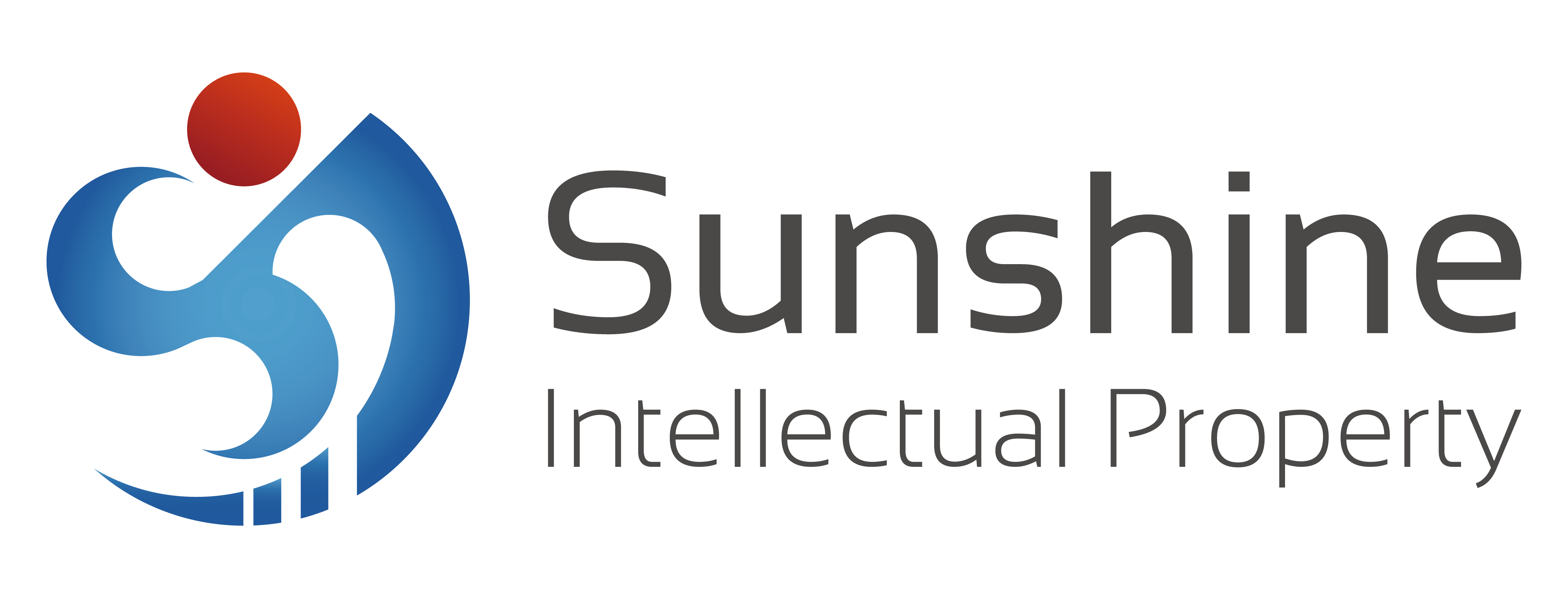The "Requirements for Intellectual Property Compliance Management System of Enterprises" (GB/T 29490-2023), drafted by the National Intellectual Property Administration and managed by the National Technical Committee for Knowledge Management Standardization (SAC/TC 554), was released by the State Administration for Market Regulation and the Standardization Administration of China on August 6, 2023, and will come into effect on January 1, 2024. Compared with the previous version, "Intellectual Property Management System Requirements for Enterprises" (GB/T 29490-2013), this revision highlights the compliance attributes of the standard, providing a reference for enterprises to establish a sound intellectual property management system, prevent intellectual property risks, and realize the value of intellectual property.
I. Revision Background
The national standard "Enterprise Intellectual Property Management Specification" (GB/T 29490-2013) was promulgated and implemented in 2013, marking the first national standard in the field of intellectual property management in China. Since its promulgation, it has been widely implemented by a large number of enterprises. To date, over 80,000 enterprises have passed the intellectual property management system certification, significantly enhancing the intellectual property awareness and management level of enterprises. In recent years, with the rapid development of China's economy and society, the environment, situation, and characteristics of intellectual property work and enterprise development have undergone significant changes. To better meet the actual needs of enterprises, the National Intellectual Property Administration has organized the China Council for the Promotion of International Trade, the China National Institute of Standardization, and other units to initiate the revision of the "Enterprise Intellectual Property Management Specification" (GB/T 29490-2013).
II. Basis for Revision
The National Standardization Administration Committee approved the revision project in May 2021, with the project number 20210641-T-463. The main responsible unit for the revision work is the National Intellectual Property Administration.
III. Revision Principles
First, we adhere to a problem-oriented approach. Based on extensive solicitation of opinions from standard implementation entities, experts and scholars, relevant units and certification institutions, we have made key adjustments and systematic improvements to the standard content in response to the issues of inadaptability and mismatch between the current standards and the internal and external environment requirements for enterprise operation and development. This is to better meet the needs of enhancing enterprises' intellectual property competitiveness and supporting innovative development in the new era.
Second, it emphasizes practical effectiveness. This revision responds to the current development trend of comprehensive strengthening of intellectual property protection, the general improvement of enterprises' intellectual property awareness, and the increasingly fierce competition in intellectual property. By providing standardized and full-process guidance for intellectual property compliance management, it significantly enhances the effectiveness of the standard in helping enterprises stay within legal boundaries, control risks, and reduce credit costs.
Third, enhance alignment and synergy. This revision aligns with the high-level structure of management systems released by international organizations, strengthens the integration and synergy with other relevant standards, reduces the difficulty and burden for enterprises to implement the standards, ensures the smooth implementation and effective role of the standards, enhances the initiative of enterprises in using the standards, and strengthens the vitality of standard implementation.
IV. Key Points of Revision
The first is to adjust the standard name. This revision changes the standard name to "Requirements for Enterprise Intellectual Property Compliance Management System", which more accurately reflects the new standard's core operation of the intellectual property compliance management system and its characteristic of using "requirements" as the key technical element, and strengthens the connection with subsequent standard implementation and certification-related work.
Second, strengthen compliance elements. This revision systematically adds relevant provisions on intellectual property compliance management throughout the entire standard text, clarifies the related concepts of an intellectual property compliance management system, and reinforces the basic principles of leadership emphasis and full participation. It integrates intellectual property compliance requirements throughout the entire chain of various types of intellectual property management and all stages of enterprise operation and management. In the review and improvement process, intellectual property compliance is given special attention. Additionally, "Appendix B. List of Typical Prohibited Behaviors for Patents, Trademarks, Copyrights, and Trade Secrets" has been added to guide enterprises in strengthening the construction of intellectual property compliance management systems, assist them in standardizing intellectual property management, fulfilling intellectual property compliance obligations, preventing intellectual property risks, and safeguarding their interests and ensuring development.
The third point is to expand the coverage. In response to the previous version of the standard which mainly focused on patents as the management object, this revision has strengthened the comprehensive coverage of various types of intellectual property rights. It has put forward management requirements for obtaining, maintaining, using and protecting patents, trademarks, copyrights, geographical indications, trade secrets and other types of intellectual property rights respectively. In the performance evaluation, it has also specified the review priorities for different types of intellectual property rights. Additionally, an "Appendix A. Tools and Methods for Trade Secret Management" has been added at the end of the document to help enterprises manage various types of intellectual property rights through the establishment of an intellectual property management system, thus safeguarding their core business.
Fourth, optimize the standard structure. This revision fully aligns with the "High-Level Structure" (HLS) of the international standard for management systems proposed by the International Organization for Standardization (ISO) in terms of structure, making it more complete and systematic. The standard content mainly consists of 10 main clauses and their related sub-clauses. Apart from 1 Scope, 2 Normative References, and 3 Terms and Definitions, 4 Context of the Organization, 5 Leadership, 6 Planning, 7 Support, 8 Operation, 9 Performance Evaluation, and 10 Improvement are arranged in accordance with the "PDCA approach".
Next, the National Intellectual Property Administration will enhance cooperation with the competent authorities for standardization work, intensify the coordinated promotion of the national standard "Requirements for the Intellectual Property Management System of Enterprises" (GB/T 29490-2023) and the international standard "Innovation Management - Intellectual Property Management Guidelines" (ISO 56005), support enterprises in effectively applying intellectual property standardization tools, promote the simultaneous improvement of technological innovation and risk prevention and control capabilities, strengthen the core competitiveness of enterprises, and provide strong support for the construction of a modern industrial system.
Interpretation of the National Standard "Requirements for the Intellectual Property Compliance Management System of Enterprises" (GB/T 29490-2023)
Published Date:2025-01-26
Views:346

